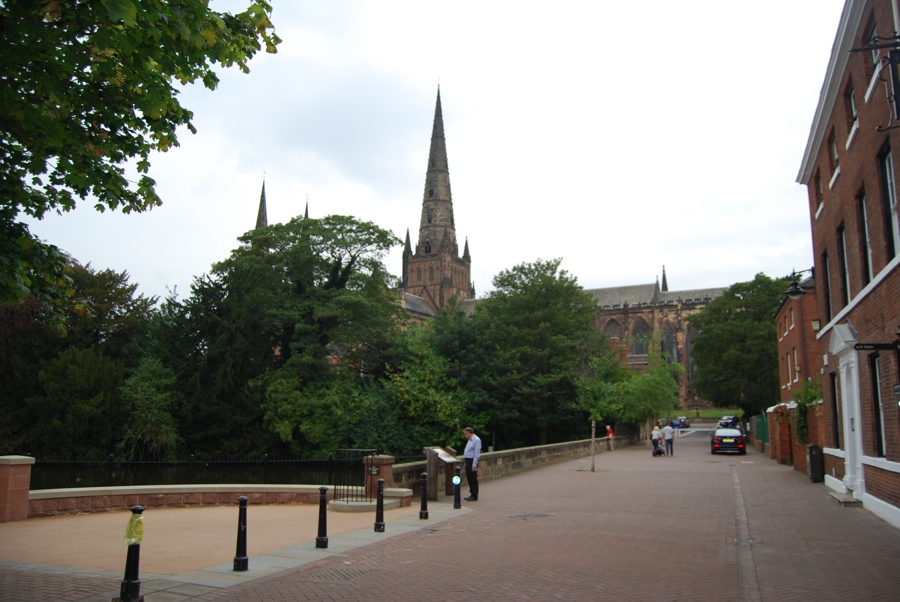Trees are obviously an important part of the landscape or townscape and they’re important for wildlife, too. Occasionally, though, it may be necessary to remove a tree, or perhaps to remove branches.
Download your planning maps plans here

Some trees are protected by law. They may be covered by a Tree Preservation Order, which can refer to just one tree or to all the trees in a wooded area. Trees in Conservation Areas are automatically protected. Also, the felling of many trees, for example, those in rural plantations, is controlled by the Forestry Commission, which issues felling licenses; but that procedure doesn’t apply to trees in private gardens.
- If you want to fell or lop a tree that’s protected, your first step should be to discuss the problem with whoever at the local planning authority deals with protected trees.
- If the removal of the tree really is essential, you’ll need to obtain consent from the local planning authority, in almost all cases your local council. The procedure varies from council to council, but you’ll usually have to obtain an application form (often available online), fill it in and return it. Some planning authorities may accept an application by letter. You’ll need good-quality planning maps to illustrate what you propose to do: more of that in a moment.
- If the tree is in a Conservation Area, the council might decide that, instead of allowing it to be felled, they should make it subject to a Tree Preservation Order. It may take up to six weeks – and occasionally longer – for them to make that ruling, so you should never fell the tree without being clear as to the decision. If you’ve received nothing, you should contact the Council to find out what’s happening.
- If the tree is dead, your first step should be to give the planning authority at least five days’ notice of your intention to remove it. They will inspect the tree and, if they agree in writing that it’s dead, you can remove it without applying for consent, but you’ll need to plant a replacement tree.
- If a protected tree urgently needs to be either felled or lopped to prevent serious danger, perhaps after a storm, you can go ahead without consent. However, you need to be very sure that its removal really is urgently necessary: for example, can the ‘danger area’ be cordoned off instead? You’ll need to be able to demonstrate, for example by submitting photographs and the opinion of a qualified tree surgeon, that you really had no alternative. In such cases, if you can, it is always best to speak to someone at the planning authority, explain the problem and then confirm the details by email, letter or fax.
- If you’re applying for consent to remove trees, it’s very important that you make both the general location and exact position of the tree clear to the planning authority. The best way to do that is to include good-quality planning maps of the kind that we supply. They’re proper Ordnance Survey Plans by obtaining them from us you’ll ensure that they’re legal copies and are the most up-to-date available.
- It would be best to submit a location plan, typically at a scale of 1:2,500, and a site (or block) plan, which should ideally be at a scale of 1:200 or 1:500.
We recommend that you liaise with the planning department at every stage. That way, you’ll stay on the right side of the law.